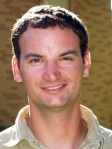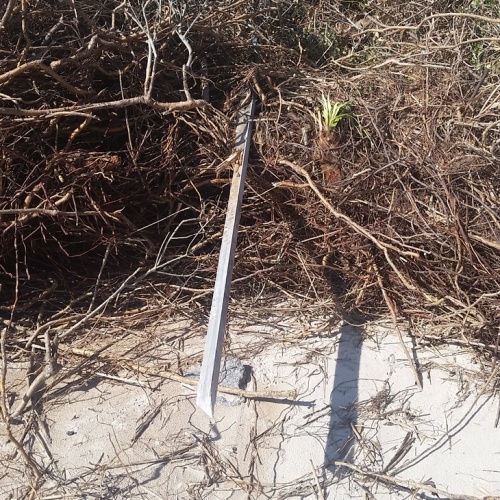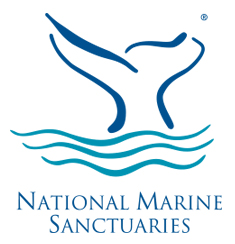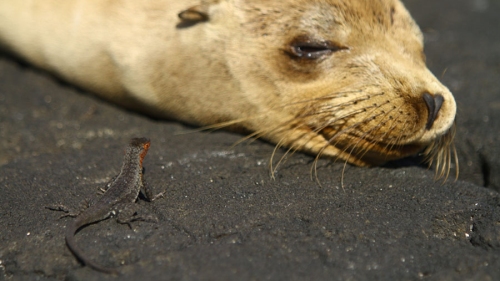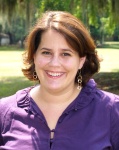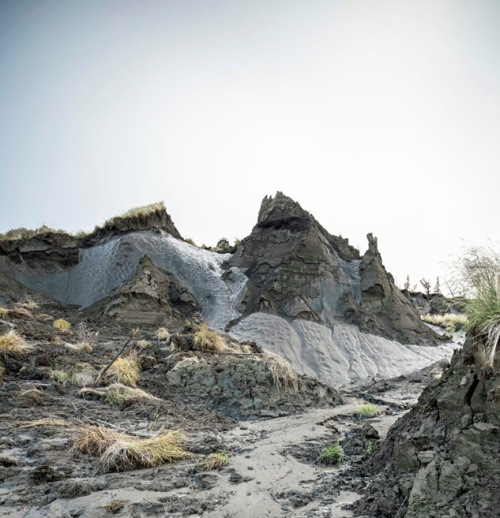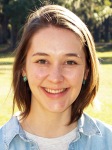 Rachel Usher is a volunteer lab technician in Jay Brandes’s lab. She is a Savannah native and a 2016 graduate of the University of Georgia with a B.S. in Ecology. During her time as an undergraduate, she worked in both marine and aquatic labs completing an honors thesis with UGA professor Amy Rosemond on carbon breakdown in urban streams. Currently, Rachel is working on a project quantifying the amount of microplastics in coastal sediment samples. In her free time she enjoys cooking in her wok, listening to podcasts and taking her dog on her boat.
Rachel Usher is a volunteer lab technician in Jay Brandes’s lab. She is a Savannah native and a 2016 graduate of the University of Georgia with a B.S. in Ecology. During her time as an undergraduate, she worked in both marine and aquatic labs completing an honors thesis with UGA professor Amy Rosemond on carbon breakdown in urban streams. Currently, Rachel is working on a project quantifying the amount of microplastics in coastal sediment samples. In her free time she enjoys cooking in her wok, listening to podcasts and taking her dog on her boat.
Patrick Duffy is a newly arrived masters student in Liz Harvey’s lab. He grew up in the suburban town of Kingston, Pa.
“Coming from a landlocked state, the majority of my ‘interactions’ with the ocean were from watching Nature documentaries,” he said. “Despite this, I knew from a young age that I wanted to become a marine biologist.”
Patrick attended the University of Delaware and graduated with a B.S. in Marine Science. During his time at U.D., he interned in a lab investigating the chemical interactions between predators and their microscopic prey in marine systems.
“I am intrigued by the complexities of the factors involved in the communications between species in the planktonic environment and by their influence in oceanographic processes on both small and large scales,” he said.
He says he likes to spend as much of his free time as possible outdoors, specifically hiking, fishing, and playing soccer.


